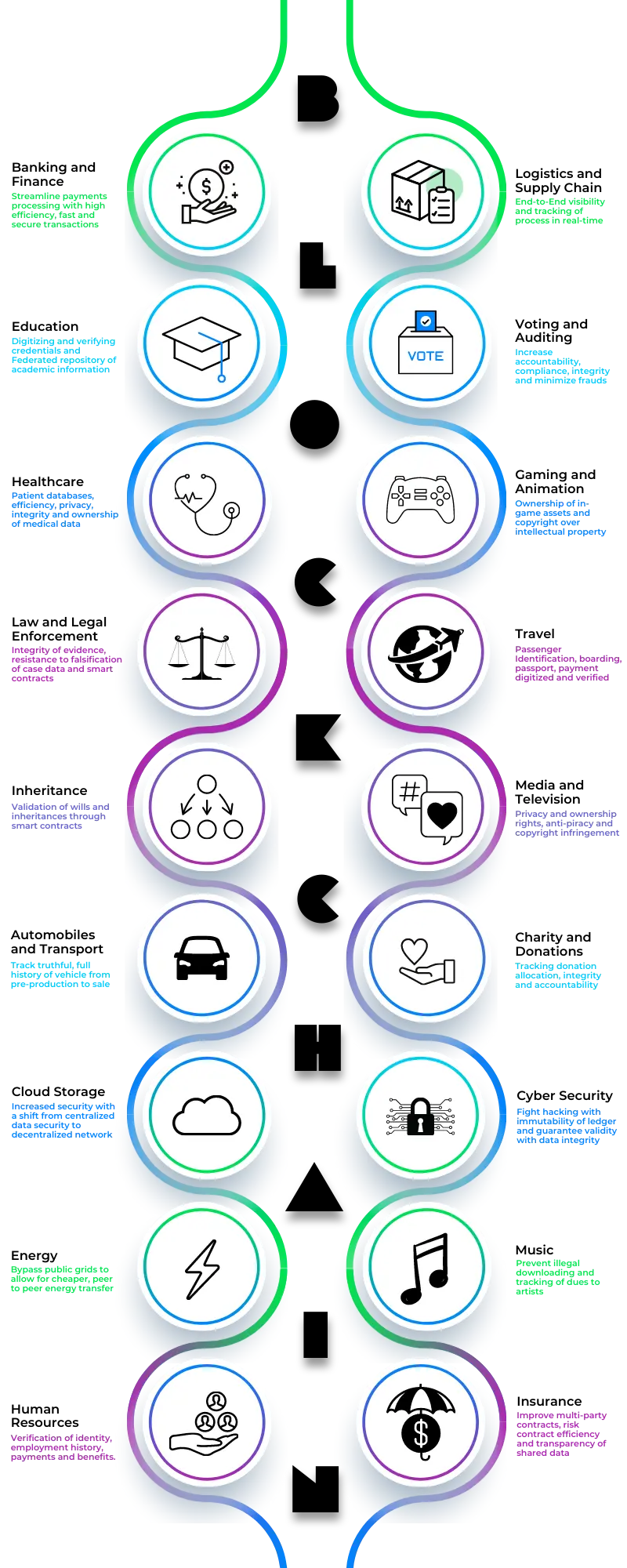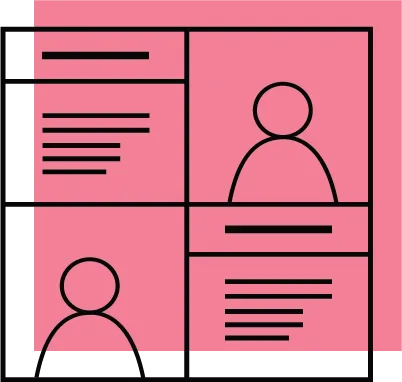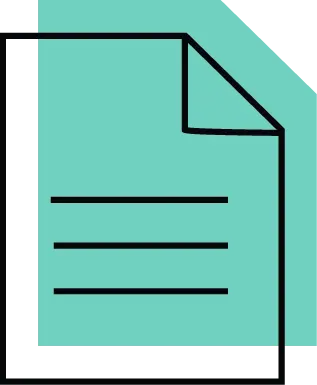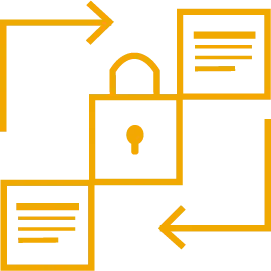ABOUT THE BLOCKCHAIN TECHNOLOGY
What is Blockchain?
Blockchain is a shared, immutable ledger (chain of records) that eases the process of recording transactions and tracking assets in any business network. An asset can be tangible (a house, car, cash, land) or intangible (intellectual property, patents, copyrights, branding). Virtually anything of value can be tracked and traded on a blockchain network.
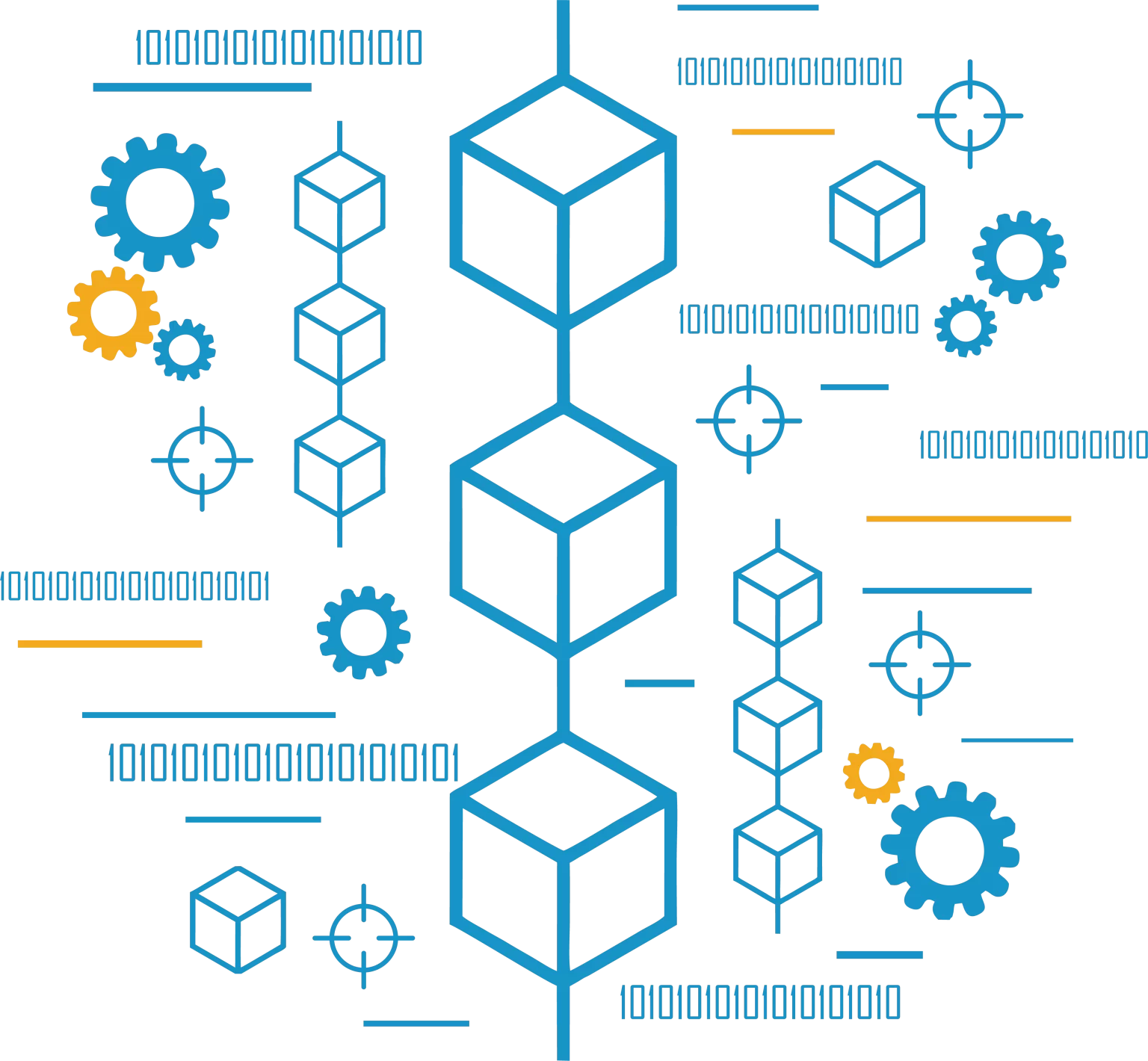
How does Blockchain work?

Each transaction is recorded as a block of data
The data block can record the information of your choice: who, what, when, where, how much and even the condition.

Each block is connected to a previous and a next block
The blocks link securely together to prevent any block from being altered or a block being inserted between two existing blocks.

These blocks are linked together in the form of an irreversible chain
Each additional block strengthens the verification of the previous block and hence the entire blockchain is tamper-evident, delivering the key strength of immutability.
Why Blockchain is the future of everything?
Blockchain for Industries
